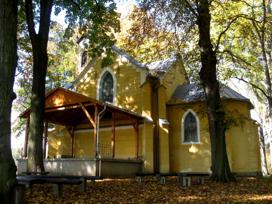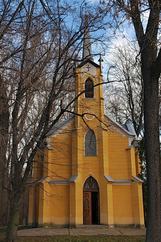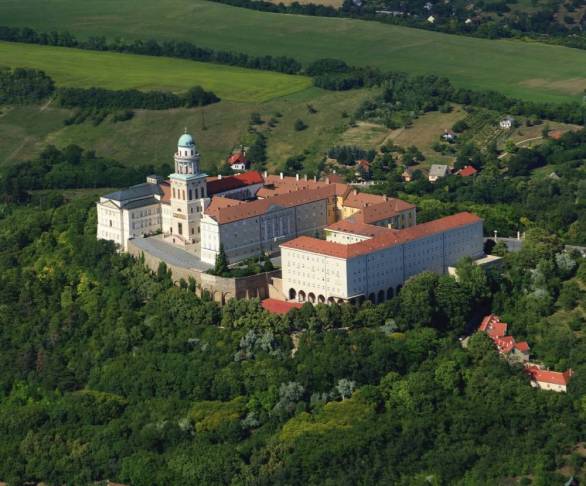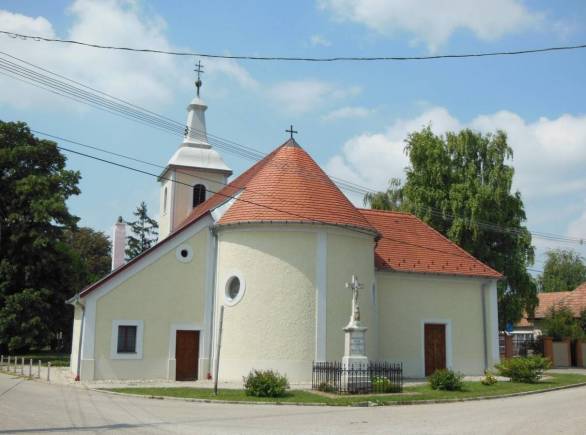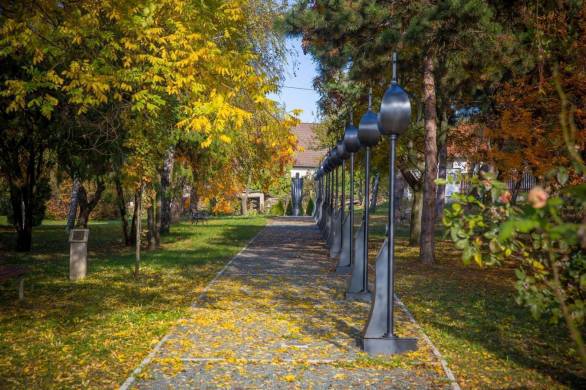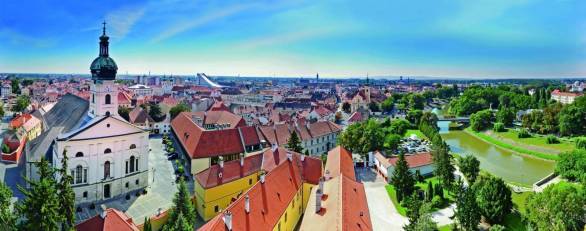Saint Anne’s Chapel
According to legend, a poor man was gathering wood in the fields on a snowy day in January, praying to himself, when he heard an angel’s voice and saw a bright light. Following these he found a bloomed wild pear tree which was already hollow. They reported the wonderful event to the Pope according to whom “the pear tree is an example of Saint Anne, and its flowers symbolise the Virgin Mary”. A spring flowed from the foot of the tree which later fell down in a windstorm and this spring is used as a well even today. György Gitzy writes about the construction of the chapel which was erected in 1753 as follows: „the equipment, wood, lime, bricks necessary to the construction were carried out by teams of the least to the greatest of the village in their own hands, while they were praying and singing.” The chapel was extended in 1901 which was enriched by a glass window then depicting Saint Stephen and Mary, the Magna Domina Hungarorum. The devotional picture depicting Saint Anne, Saint Joachim and the young Virgin Mary are found in the sanctuary. The Neo-Gothic chapel which received a bell in 1920 and a Saint John statue in 1959 is a famous place of pilgrimage of the Rábaköz. The chapel hosts newer events in addition to the traditional Feast of Saint Anne and the May litanies (family days, county hunting day, the mass of Saint Hubertus).
